A homesteader knife is more than a simple utilitarian blade. It is a symbol of the outdoor life! To forge a knife will in turn forge a culture. With a knife, Man exercises his dominion over Nature. Here is my latest creation from the forge for what I consider to be a most essential part of my kit
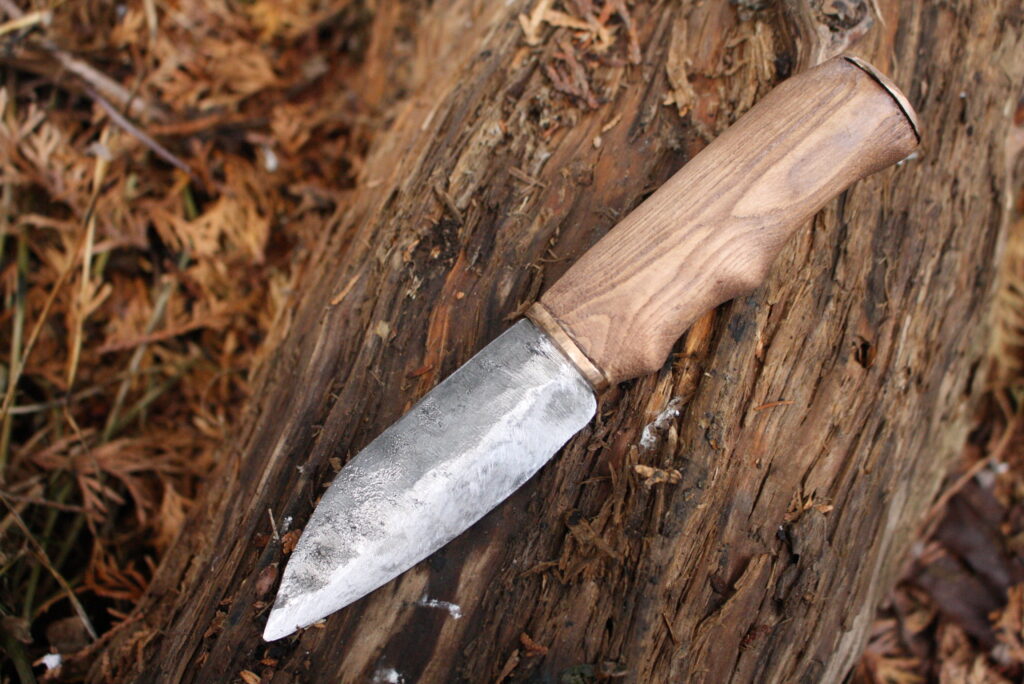
The History of Man was written with a Knife
Whether they were hunter-gatherers or peasant farmers, the ancestors shaped their lives by the knives they carried. It could be dressing game or self defense. It could be for making other tools and implements. It could also be the medium for expressing the creative side of Man when he beautified the mundane piece of wood by carving it into an artistic piece.
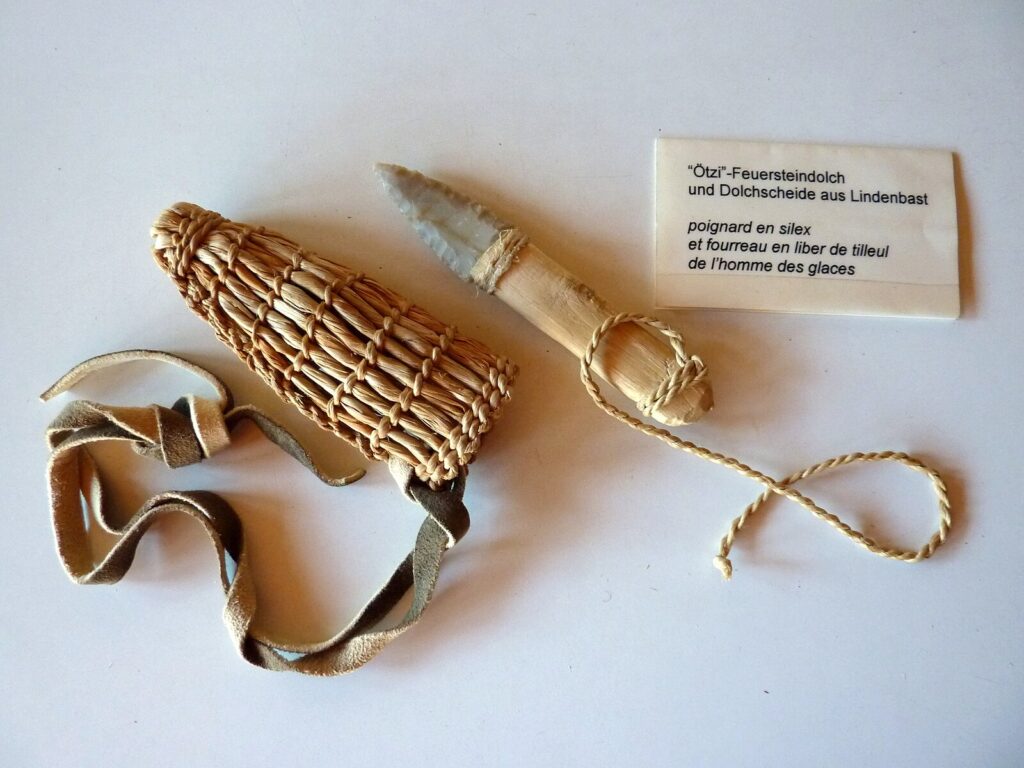
In ancient burials, knives are commonly found in both male and female graves. Children most likely learned to use and carry knives at an early age. This was a most basic tool that could be the difference between life and death in a harsh environment.
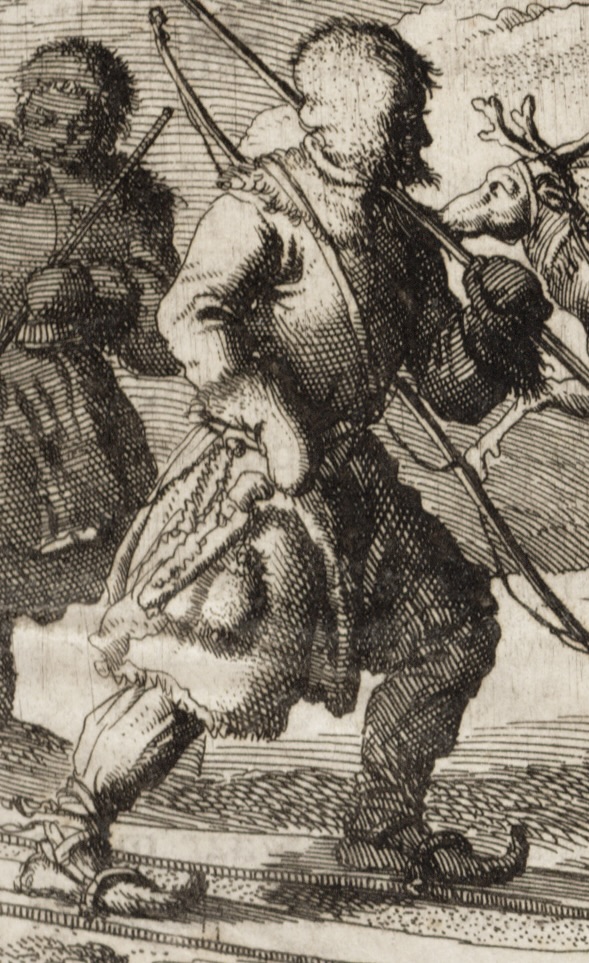
The Knife of the North
The Germanic peoples of the Northern world developed a unique shape of single-edged knife called the seax. The name has linguistic roots from early Germanic meaning “to cut”. It could range from being a small blade for everyday use, to sword-sized seaxes for warfare.
If you read through the Old Norse sagas, you will see a world heavily involved in the natural world. Everyone from the humble farmer-fisherman to the royal king in his hall spent his down time whittling with his knife. I have taken this as my own inspiration for my own knives.
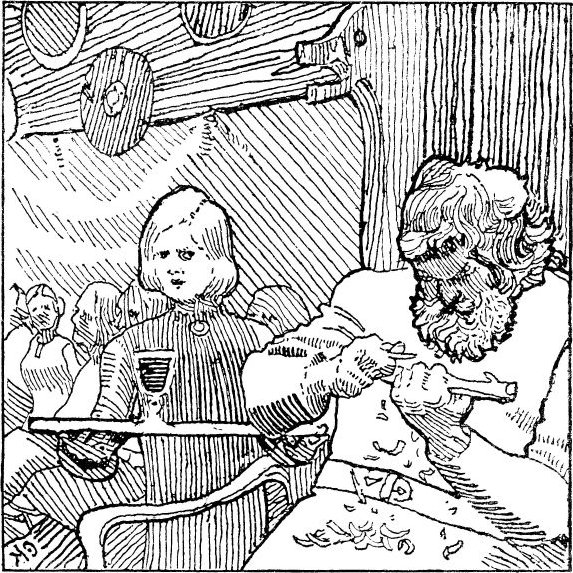
Why wear a Knife?
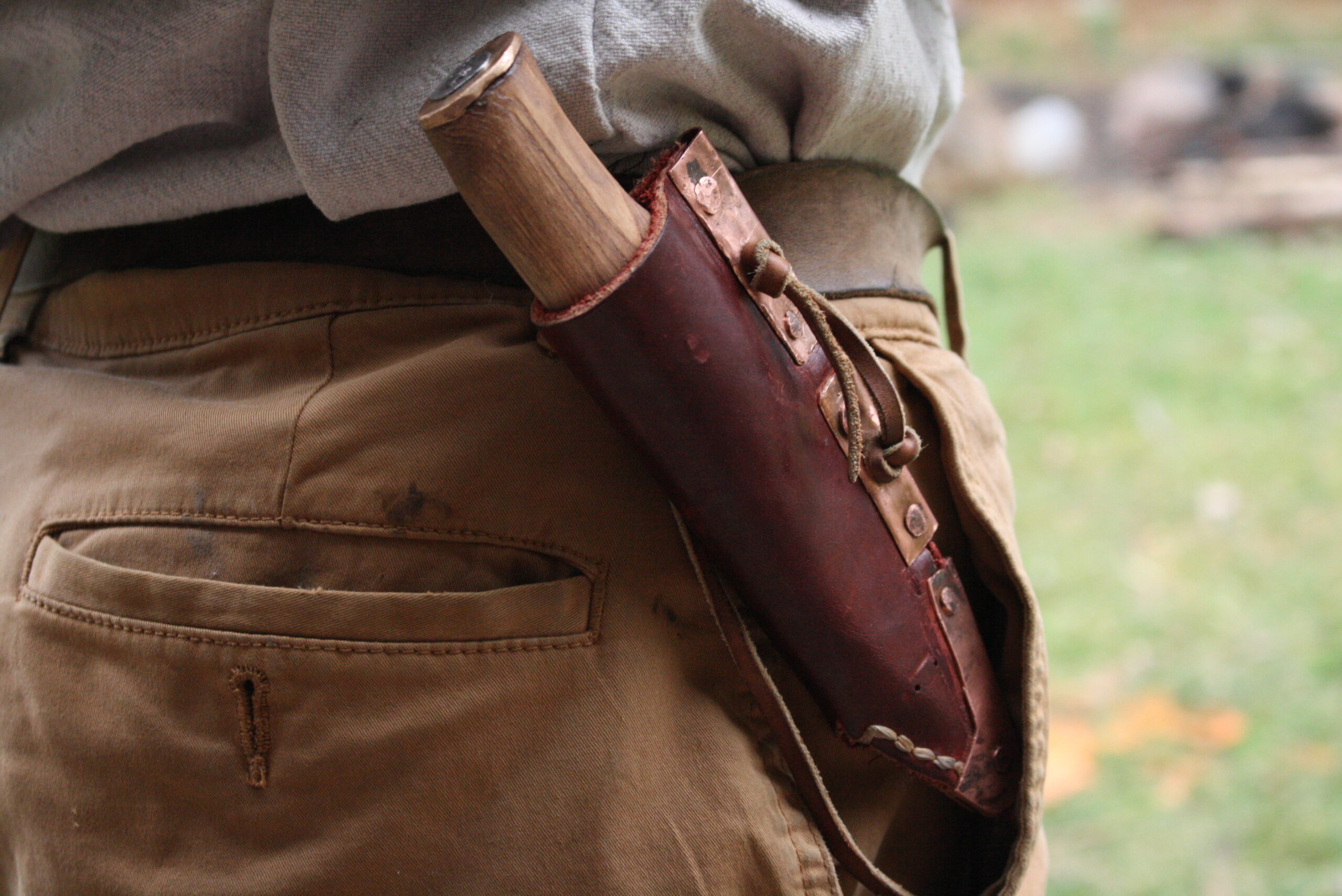
Granted, carrying a knife nowadays can be a touchy subject in Western countries. Obviously, exercise prudence in consideration of the laws in your urban areas. But once you are out free on the land, see to it that you are not without a knife!
After all, the peasant homesteader of the 21st century looks for reasons to work with natural materials. That means wood, plant fibre, leather, horn and bone. In carrying a knife over the years, I have butchered carcasses, carved spoons, built bows and arrows all with the same knife.
When wearing a knife for very practical purposes, it becomes almost an extension of your body. Indeed, it can feel like having another hand. For this reason, my name for my personal homesteader knife is “Dritthand” (third hand).
Learn to Make Things you Actually Going to Use!
Ever since being a teenager, when my own dad aquired his uncles old forge, I wanted to make my own knife. And it’s great forging things that not just for show, but what you are actually going to use.
Let’s face it, chances are you might lose your favorite knife in the course of your lifetime. Nothing lasts forever–especially if you are using it constantly. The knowledge of how to make a knife really goes beyond simply owning the physical tool. You can lose or break a knife. But for as long as you live, you will always know how to make another.
~ Nathanael
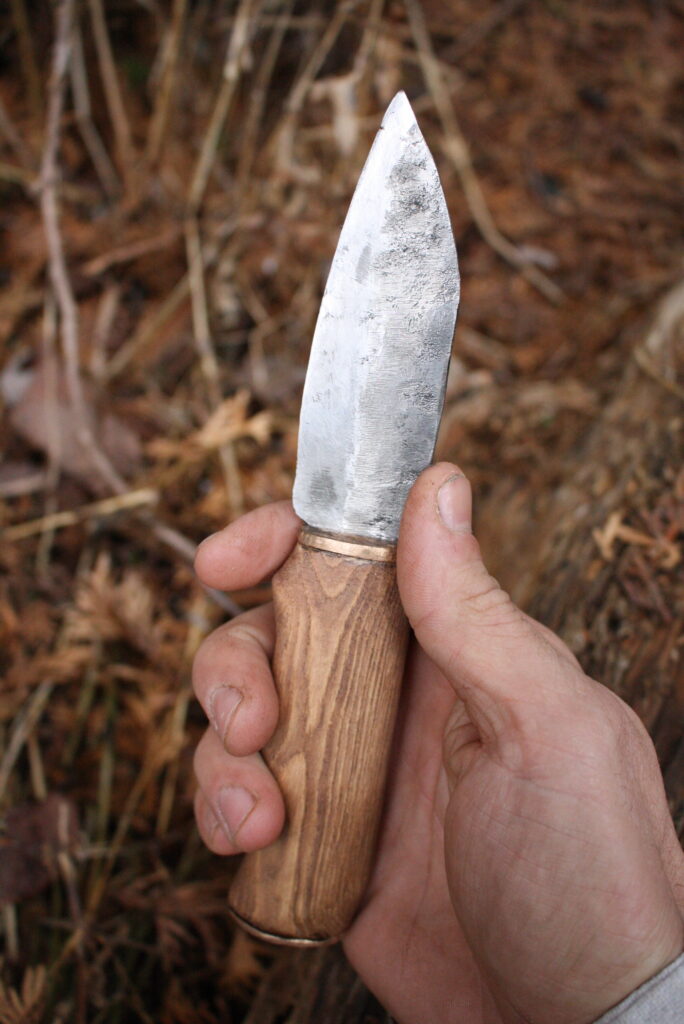
P.S. It is my strongly-held opinion that children should learn the ways of the knife. This will shape their world and their relationship with Nature. Read all about that here:
A Kid’s First Knife–A How-to Guide and Safety Tips
And here is another article on slightly bigger knives…


Leave a Reply